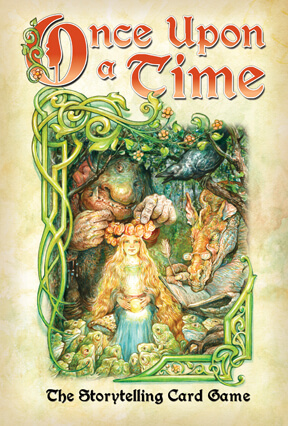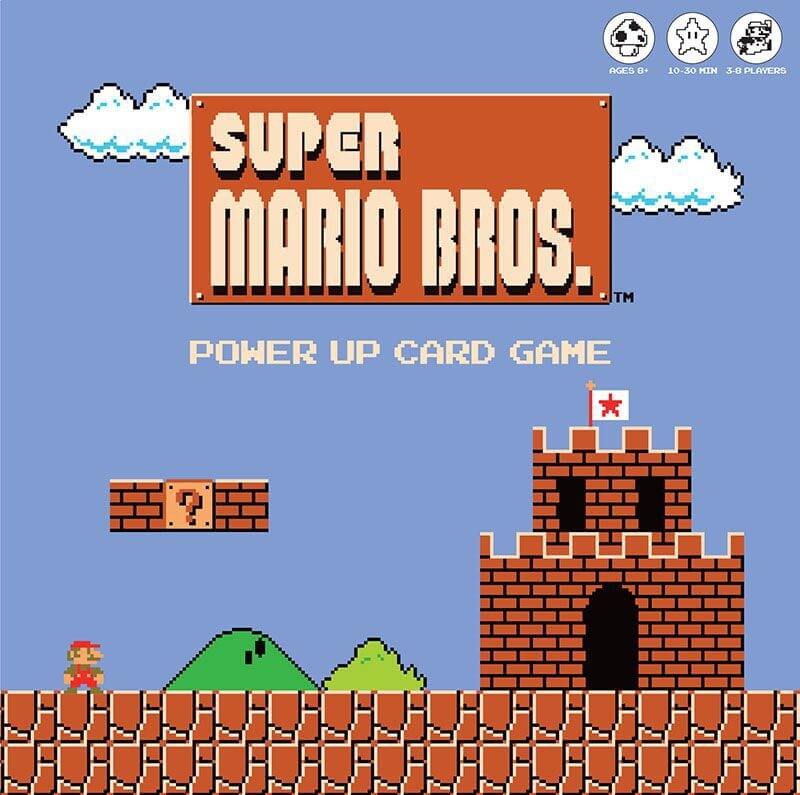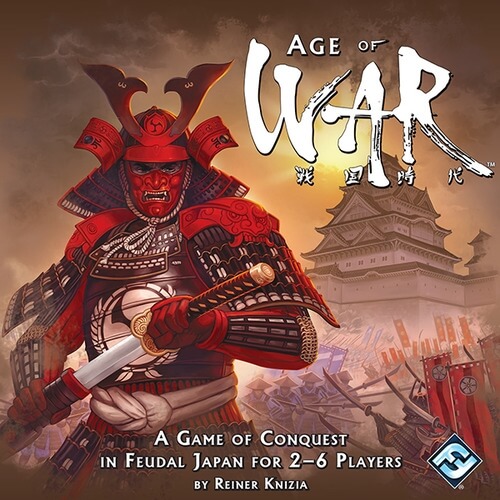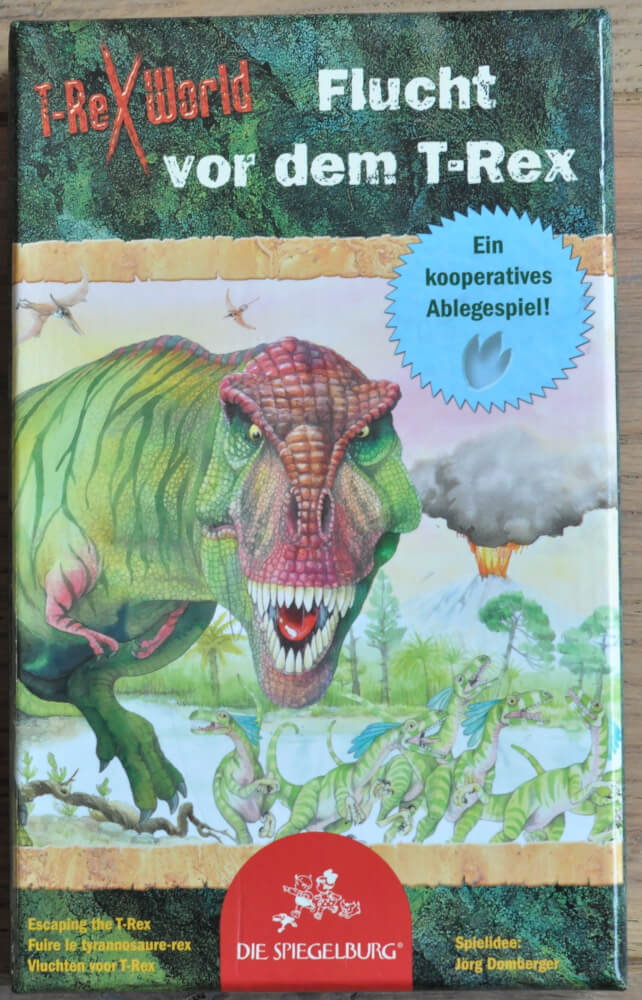
Once Upon a Time: The Storytelling Card Game
Once Upon a Time: The Storytelling Card Game is a creative game where players collaborate to create fascinating stories. Each player has a set of cards containing characters, places and events typical of fairy tales. One player takes on the role of Storyteller, using their cards to develop the narrative with the aim of reaching their End Card. The other players try to interfere in the story, using their own cards to become the next Storyteller. The game ends when one player manages to play all their cards, culminating in the presentation of their own conclusion to the story they have created. With editions featuring new card sets and charming illustrations, Once Upon a Time continues to delight players of all ages with its unique approach to collective storytelling.Artists: Florence Magnin; Sophie Mounier
Designers: Richard Lambert; Andrew Rilstone
Date: 1993
Note: 7.1
Mechanics: Hand Management, Storytelling, Real Time, Voting
Topics: Humor
Table of Contents
- How to Play
- Tips for playing
- Game mechanics
- Game components
- Additional Information
OBJECTIVE OF THE GAME
Tips for playing
Here are some tips for doing better in the game Once Upon a Time: The Storytelling Card Game:
- Use a variety of cards early on to build a strong narrative foundation.
- Listen actively to other players' stories to find opportunities to play your cards.
- Keep your end card in mind to guide your storytelling towards your desired conclusion.
- Use a mix of characters, places, and events cards to enrich the story.
- Be flexible with the story direction; adapt as other players contribute.
- Pay attention to how often other players interrupt, and adjust your pacing accordingly.
- Avoid overcomplicating the plot to maintain clarity and engagement.
- Embrace creativity and unexpected twists to surprise and engage other players.
Video about the game
GAME mechanics
- Hand Management - Each player starts with a certain number of cards that include elements such as locations, characters and events. Players must use their cards strategically to steer the story towards their own end-of-story card, trying to manipulate it in their favor while also trying to integrate the other players' cards into the narrative.
- Storytelling - The main mechanic of the game where players collaborate to create a unique story. The turn-based narrator uses the cards in their hand to guide the story to a specific ending. Other players can interrupt the narrative if they use a card that fits more appropriately into the plot, thus taking control of the narration.
- Voting - Although there is no formal voting system, discussions can arise about the appropriateness of certain cards or interruptions in the narrative. Players can collectively discuss and "vote" on whether to accept an interruption made by another player, ensuring that the flow of the story and the rules are maintained.
- Real Time - Decisions and the construction of the story take place without traditional fixed turns, requiring quick responses and immediate creativity from the players. The real-time dynamic offers a fluid rhythm, where collaboration and competition occur simultaneously as players progress towards their narrative goals.
Game components
See all the items in the game below Once Upon a Time: The Storytelling Card Game:
- 114 Narrative Letters
- 51 Completion Letters
- Instruction manual
Additional Information
- Ludopedia link: https://ludopedia.com.br/jogo/once-upon-a-time-the-storytelling-card-game
- Link Tabletopia:
- Amazon Brazil link: Comprar Once Upon a Time: The Storytelling Card Game
- Amazon USA link: Comprar Once Upon a Time: The Storytelling Card Game


